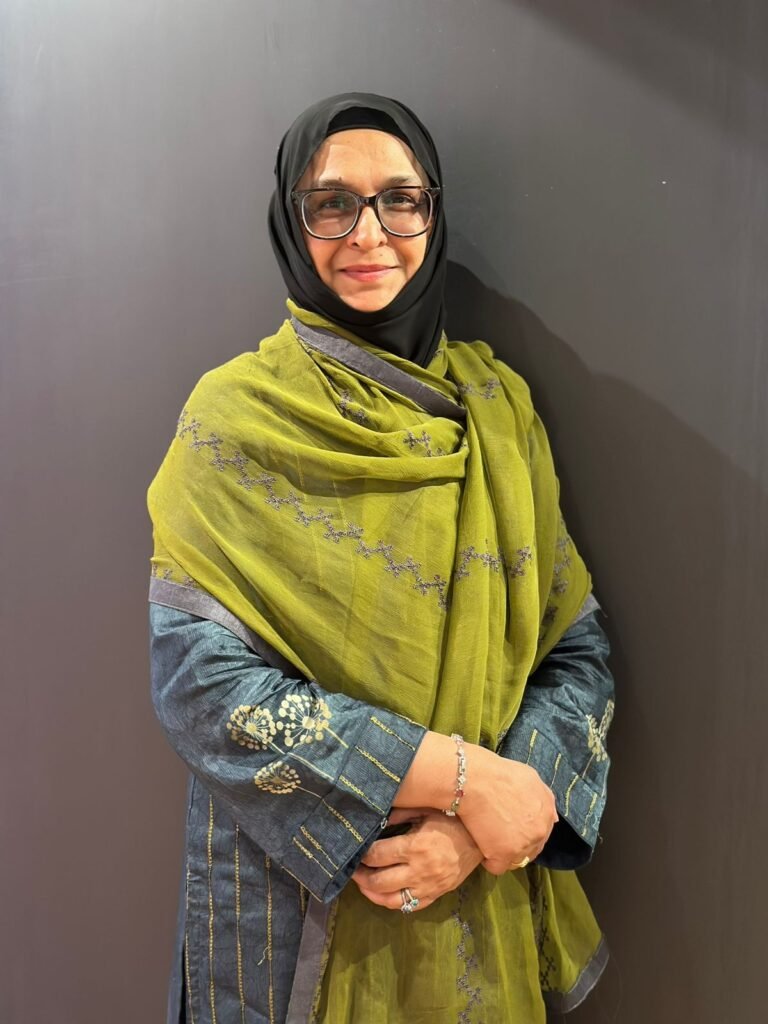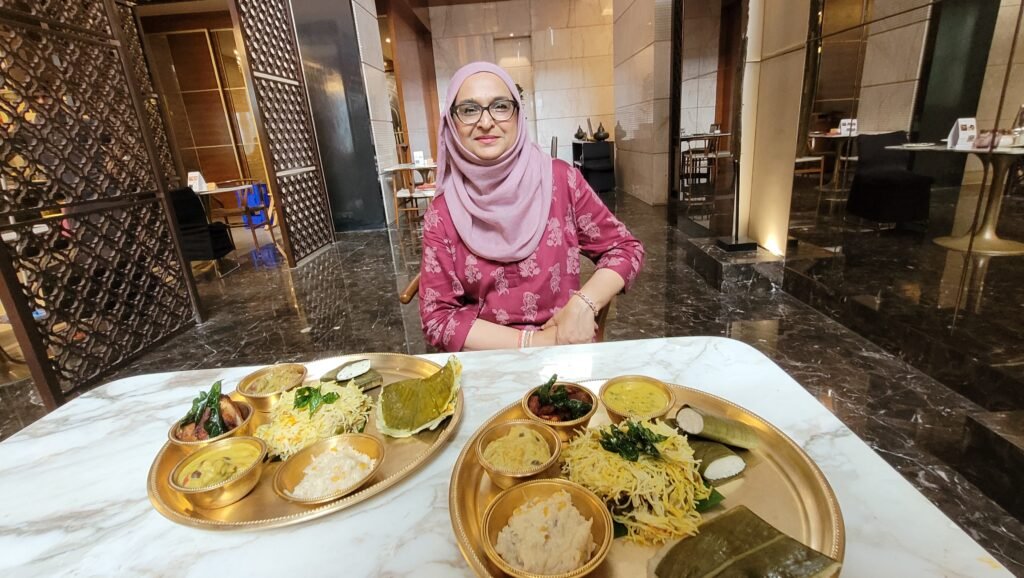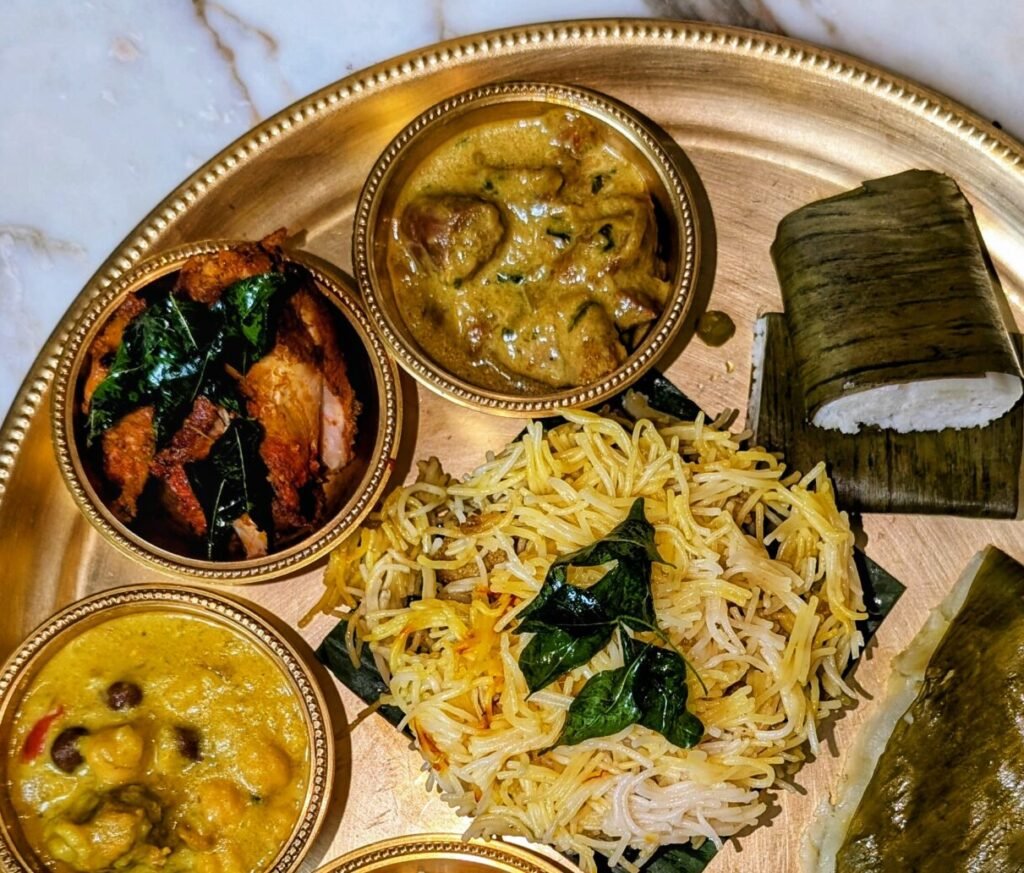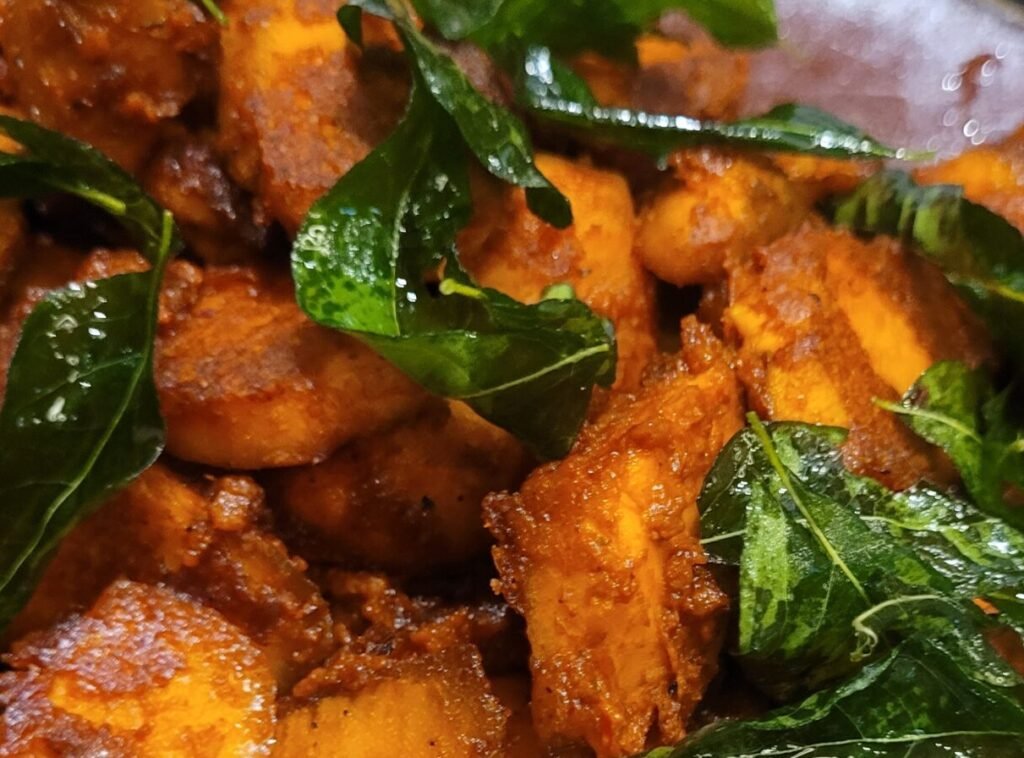Bhatkali Cuisine – Forgotten by mainstream gastronomy, but fiercely remembered by its people. It is this sense of remembrance and revival that brought “The Bhatkali Table” to life at Sheraton Hyderabad, a culinary popup

There’s something about food that travels — through time, through memory, through trade winds and tides. And sometimes, it anchors itself in a place to be preserved through generations – like it did in the small coastal town, Bhatkal. Forgotten by mainstream gastronomy, but fiercely remembered by its people. It is this sense of remembrance and revival that brought “The Bhatkali Table” to life at Sheraton Hyderabad, a culinary popup that turned into a living, breathing archive of the Nawayath community’s vanishing food traditions.
The five-day popup, curated in collaboration with Chef Fathima Riyaz, was not just a meal. It was an edible excavation of Bhatkal’s layered history — one that crisscrosses trade routes, dynasties, and diaspora, stitched together with saffron, vermicelli, turmeric leaves, and seer fish.
The Lost Port and Its Living Kitchen
Tucked along Karnataka’s Konkan coast, Bhatkal may not ring a bell in culinary circles the way Lucknow or Chettinad do. But centuries ago, between the 8th and 15th centuries, it was a bustling port town that welcomed Persian horses, Yemeni spices, and Iraqi traders at its shores. Many stayed. They mingled, married, and formed the Nawayath — literally meaning “newcomers.”
Bhatkali cuisine, like their language Nawaiti, is a tapestry. Coconut and rice from the Konkan belt, saffron and dried fruits from Iran, sun-dried vermicelli from Yemen, and the unmistakable salt of the Arabian Sea. The result? A cuisine that is coastal at heart but cosmopolitan in flavour — subtle, seasonal, and strikingly underrepresented.

A Table Laden with Memory
Chef Fathima Riyaz, the custodian of these recipes, grew up in Musba House, her ancestral home in Bhatkal. “Our recipes are passed down orally. If we don’t cook them, they disappear,” she said during a chat that felt more like a kitchen conversation than an interview.
The popup’s menu was a gentle nudge to remember. The Shayya Biryani, for instance, replaced rice with delicate roasted vermicelli — layered over slow-cooked meat, finished with saffron milk and browned onions. It’s festive, fragrant, and tells you everything you need to know about Bhatkal’s Arab influences.
There was also Haldi Pana Neuri, a turmeric leaf-wrapped delicacy filled with coconut — a dish so rooted in the land’s monsoon rhythms that it only appears for a few weeks every year. “It’s seasonal and sacred,” said the chef. “We were lucky to get fresh turmeric leaves just in time.”

Between Trade Winds and Turmeric Leaves
What sets Bhatkali cuisine apart from other Konkan fare is its restraint. It doesn’t shout. It simmers.
Unlike fiery Malabari curries or heavily tempered Maharashtrian gravies, Bhatkali food often leans on coconut milk, Byadagi chillies (prized more for colour than heat), and gentle steaming. Persian-style seviyan (vermicelli) shows up not just in desserts like Shir Khurma, but even as a base for savoury dishes.
And while seafood is its mainstay — clams, mussels, prawns, kingfish — vegetables, when they appear, are seasonal and deeply local: sweet potatoes, Malabar spinach, breadfruit (called Dheefanas) — each adding texture to the tale. Shinonya Nevri, steamed mussels stuffed with ground rice and coconut, kissed with chilli paste and served with reverence is a tantalizing even to talk about. Another such dish is Mudkale with prawns, a rustic, earthy dish where rice dumplings simmer in spiced prawn curry — comfort food for coastal souls.

“Our food is light but layered,” Chef Fathima explained. “Some people say it reminds them of Kerala. That’s the beauty of Bhatkal — it tastes like everywhere, but is unmistakably its own.”

Bhatkali Cuisine – From Forgotten to Featured
In many ways, Bhatkali cuisine is endangered. Its biryani — often mistaken for a milder cousin of Hyderabadi dum biryani — is all that most people know. But beyond the saffron and rice, there lies a full repertoire of baked goods (like Showfapana Poli), slow-cooked stews, and festive dishes that surface only on Eid tables.
Thanks to chefs like Fathima, and institutions like Sheraton Hyderabad that are willing to take a detour from trending menus, these recipes are getting a platform — not just to be eaten, but to be heard, told, and remembered.
Bhatkali Culinary Revival, One Pop-Up at a Time
When asked if she plans to take this cuisine to restaurants full-time, Chef Fathima smiles, “It started as a post-pandemic popup. But now, people ask for these flavours. They want to know what a Khote is, how Mutkale is made. That curiosity is my hope.”
And perhaps that’s the takeaway from The Bhatkali Table. That there’s still a place for heritage on modern plates. That even in a world of fusion and reinvention, there’s value in preservation. That the quiet town of Bhatkal, often left out of food maps, has stories worth serving.
As you dip a spoon into saffron pudding or bite into a turmeric-scented dumpling, you don’t just taste nostalgia. You taste a people’s resilience. You taste the ocean. You taste Bhatkal.
















